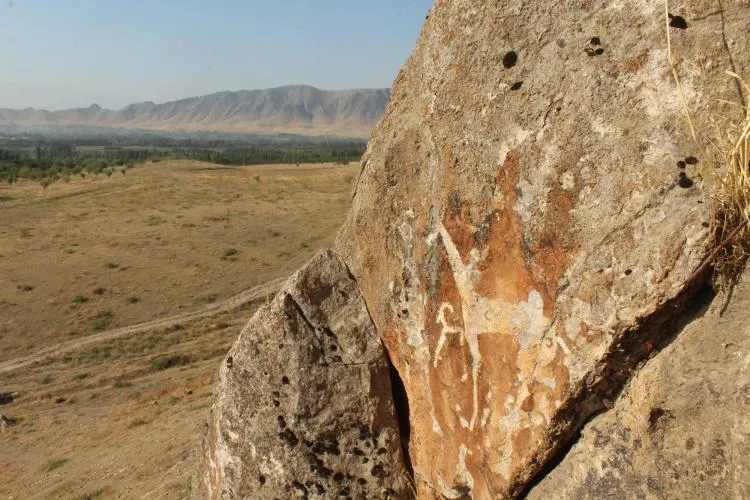Investigating Horseback Riding Origins through Human Skeleton Analysis

Challenging the Kurgan Hypothesis
The Kurgan hypothesis has long been a cornerstone in archaeological discussions about the origins of horseback riding. Recent studies of human skeletal remains suggest that the timeline and progression of equestrian activity may not align with previous theories.
Methodologies and Findings
- Analysis of skeletal structures has revealed new insights into how early humans interacted with horses.
- Despite previous assumptions, many skeletons exhibit signs of minimal horseback riding prior to major domestication events.
Implications for Archaeological Understanding
This new evidence not only reshapes our timeline regarding horseback riding but also adds layers of complexity to our comprehension of human development in relation to animal domestication.
This article was prepared using information from open sources in accordance with the principles of Ethical Policy. The editorial team is not responsible for absolute accuracy, as it relies on data from the sources referenced.